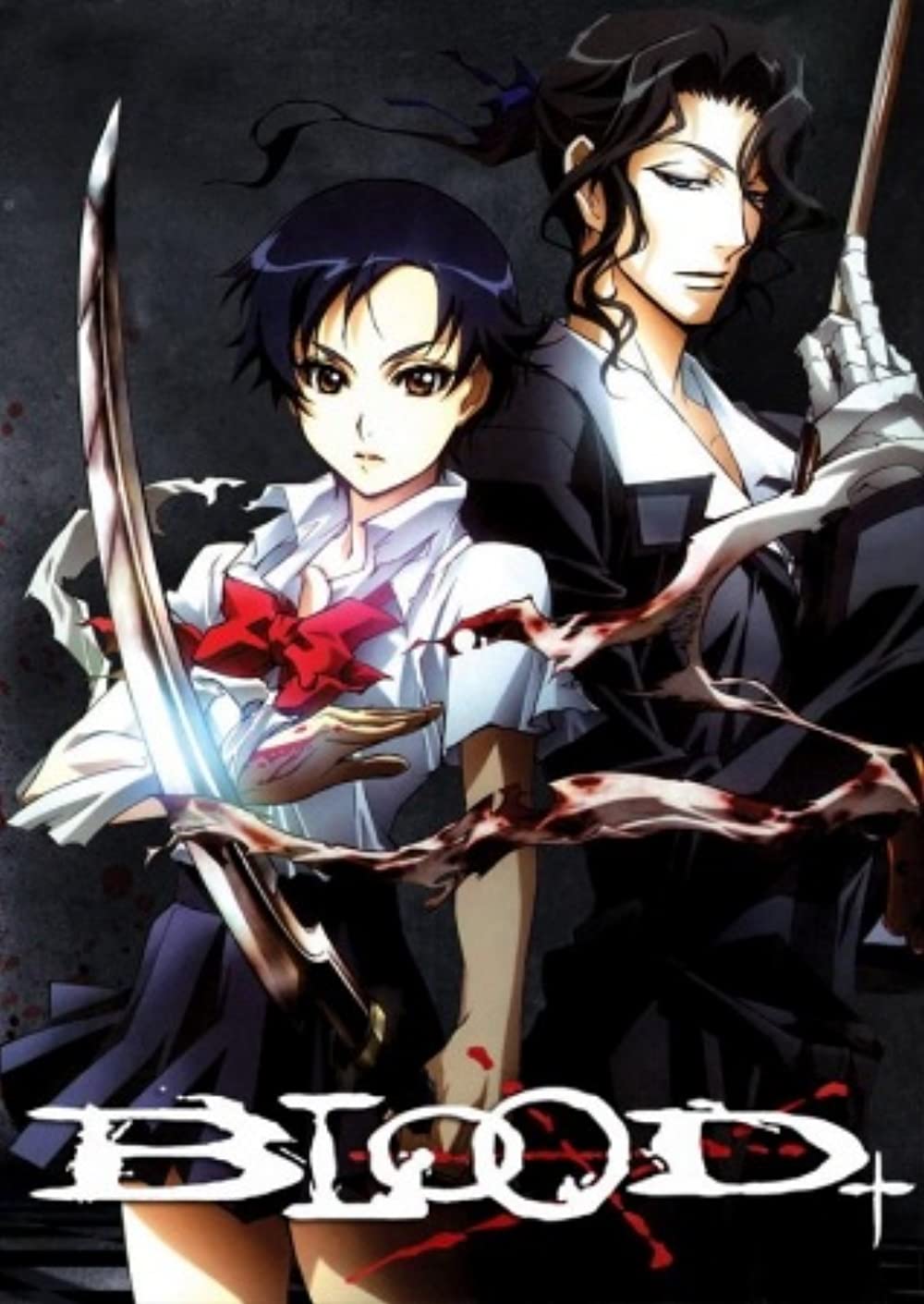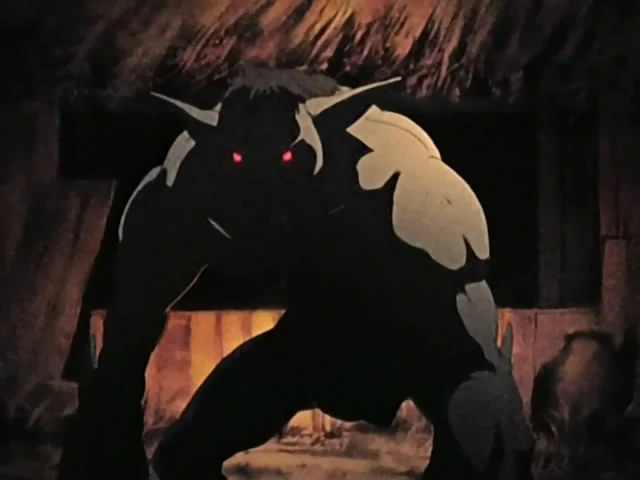While history may not give John William Polidori the credit he deserves as a pioneering literary influence, we are going to shower him with blood-red rose bouquets because even if you have never heard of him, he is the man behind one of the most enduring fictionalized supernatural threats in existence.
Yes, it was his work The Vampyre, published in 1819, that sparked humanity’s obsession with sexy, blood-sucking socialites who prefer gold to silver and do not want garlic in their Bolognese. Lord Ruthven was such a legendary character that he continues to inspire creative minds two centuries after his first appearance; have you seen the new Morbius trailer?
Vampires have been prominently represented in many sorts of media, including literature, movies, TV episodes, and, yes, anime; in fact, we would argue that anime provides some of the most comprehensive depictions of vampires in all media. Consider these vampires, who attend boarding school like good little monsters (Rosario to Vampire still image) or this coming-of-age adolescent rom-com (Karin still image); or how about a vampire who is more into otaku culture than a fresh red Bev? (Still shot of Blood Lad) Although there are many bizarre, 4-dimensional portrayals of these nocturnal beings in anime, no title has been able to elicit emotion by putting them in a Shakespearean drama like 2005’s Blood+.
Blood+’s monsters, unlike Shakespeare’s, are real, and their reviling nature is not as figurative as it is tangible; enormous, leathery, and hideous, with a frighteningly symbiotic relationship with the red stuff. But we know you are not here to learn about history; you have come to see the monsters. So, without further ado, here are our thoughts on Chiroptera: Blood+’s Vampiric, Hematophagous, and Bat-Like Creatures are investigated.
Blood+: Anime TV Series

To talk about the Chiropterans, we need to first understand what they are, and to do that, we gotta take a look at the story of Blood+, and what a story it is; an epic, centuries-spanning tale of death, longing, and spine-chilling familial drama. Saya Otonashi is a regular high school student. Well, she’s anemic, has some form of amnesia, and seems to require regular blood transfusions to stay healthy, but you know, otherwise regular. It’s September 2005 and Saya is traveling through her adoptive home of Okinawa, Japan, when she encounters a mysterious cellist whose melancholic chords tug upon her memory’s strings. Saya doesn’t remember anything about her life except the last year or so, which she has spent with her adopted family: George, her foster father, and Kai & Riku, her foster siblings.
Her encounter with the cellist seemed to have stirred her latent memories, which leave her flustered, and she forgets her shoes at school. So she goes back at night to recover them, but to her terror, the cellist is lying in wait with a dagger in his hand. She flees, and just when things don’t seem like they could get any worse, she’s attacked by a vicious and massive monster thirsty for her blood. Before she can process what’s happening, the cellist makes her ingest some of his blood, which makes something snap inside of her. She rises, calm, eyes glowing red, and attacks the creature with a blood-laced katana, putting an immediate end to its life.
As if on cue, the katana drops from her hands, and she comes out of her trance-like state, confused and horrified by what had transpired. Already tormented by memory loss, she can barely handle the fact that she has been marked for death by shape-shifting monsters, let alone that she can actually fight back- and has been doing so for centuries. You see, in 1832, wealthy researcher and evolutionary scientist Joel Goldsmith acquired a particularly intriguing mummy from Iceland: that of a massive, humanoid, female, bat-like creature that was presumed frozen to death.
Intrigued beyond comprehension, he dissected the creature and was fascinated to find two perfectly-preserved cocoons held within its abdomen. He wondered what was inside them, and his questions were answered when some accidentally-split blood caused them to “hatch”- revealing two seemingly-human children. Joel Goldsmith decided to experiment on these kids, keeping one locked in a tower and raising the other as if she were his own daughter. But alas, playing with nature will always leave your hands singed, and the daughter he locked away ended up taking his life. Swearing vengeance upon her sister who let her stay trapped, this malevolent sibling escaped, plotting her revenge.
Meanwhile, the other sister swore the same oath and joined an organization dedicated to eliminating the threat that her kind posed to society. This organization was called Red Shield, and the sister that stayed was Saya herself! Yes, folks, the bob cut-sporting chirpy protagonist of this series, has been a blood-thirsty vamp (pun intended) this whole time, and what’s more, she is one half of a pair of queens that her kind tends to give birth to. Saya’s sister Diva is that other half, and over the course of roughly 50 episodes, we see a tense, if sometimes slow-paced familial drama unfold, that is a cesspool of misunderstandings, misplaced emotions, and the simple, human desire for empathy.
Saya, who spends the first half of the series struggling with her life’s purpose, must reconcile herself with her kinslaying fate and try to make the world a better place, no matter what the cost. And as the story progresses, we see this cost take several forms: friendships, love, and more often than not, Saya’s lifeblood; that blood is extremely important too, because as it turns out, it’s one of the only sure-shot ways of defeating a chiropteran, once and for all.
Grotesque Vampire Chiropteran Explored

No one knows where they came from or how they came to be, and perhaps that is for the best because once you’ve seen a Chiropteran in the flesh, it’s extremely hard to get it out of your mind; if you live long enough to think about it, of course. Their appearance can range anywhere from hideous to downright unsightly, and every Chiropteran looks different, which is probably based on their “social class”. The first Chiropteran we see looks like DC’s Man-Bat: a snout-less, muscle-bound freak of nature with fanged-jaw, bat-like ears, and smoldering, blood-red eyes that burn when they’re closing in on their target.
In contrast, the last Chiropteran that Saya puts down looks like a Xenomorph that emerged from a Praying Mantis, complete with pincer-like appendages and that trademark, elongated cranium design. No matter how they look though, all Chiropterans share a few biological similarities: they’re all born from the blood of their Queen, they all require human blood to stay alive, and every one of them is a killing machine when it goes into a frenzy. It is possible for Queens to avoid this by consuming large amounts of regular food supplemented sporadically with blood, but that will make her weaker and an easier target as a consequence; Chiropterans have no choice.
Most of the Chiropterans (aka Schiffs) we meet in the series are man-made: genetically-altered humans who’ve had Diva’s blood introduced indirectly to their systems, either through unwitting transfusions or the delta particles that the Cinq Fleches is plotting to use to convert Earth’s population into Schiffs. The initial benefits are too good to be true; you gain superhuman speed & strength, a ridiculous healing factor that can heal you from bullet wounds and even explosions, as well as the ability to manipulate body mass to create weapons or wings. But the longer you stay in this state, the sooner you’ll realize; free gifts often come with curses, and the price these Chiropterans paid was in the form of a debilitating disease called “The Thorn”.
This disease causes immense pain to the Chiropterans, originating as “cracks” across their neck that spread throughout their body if they don’t feed. Stay hungry for long enough, and they will break into pieces like a falling crystal. This is why they sought out Saya; they incorrectly believed that her blood could “cure” them, as they’d been told she created them. Only much later did the Schiff realize Diva’s deception, and by then, it had been too late. Ironically enough, the only way to kill a Chiropteran is with blood.
Chiropteran society is complex; they defy natural convention from their inception, birthing a pair of queens as opposed to a solitary, dominant societal figure. However, there is a reason for this. The only way for a queen to reproduce is by mating with the Chevalier of her twin sister. A chevalier is basically an advanced form of Chiropterans who were “saved” by the Queen from near-death experiences and are now sangui-linked to their mistresses, bound to obey. This is necessary so both of their genes can be accumulated in one place to keep the birthing cycle stable, as usual, one Queen’s blood is fatal for the other, and vice versa.
A Chiropteran/Schiff is created from the blood of one Queen, and can thus be killed if it’s exposed to the blood of the other. It can also be killed if it loses enough blood with replenishing itself, effectively bleeding out. On a small scale, Diva’s Chiropterans could have been contained; that possibility went out of the window when her chevaliers developed the Delta 67 “virus” and infected key population centers to allow the condition to spread like a plague.
What makes it more terrifying is the fact that Diva’s voice would make them more rabid and compliant, so if she was going to appear in public for something like, oh, an opera performance, and every infected entity would be closer to and faster in completing their frenzied transformations. Burying them or sealing them inside a bunker would be ineffectual, as they would simply enter hibernation. Despite their relatively lame weakness, we can’t deny that the Chiropterans are among the more-terrifying sentient monsters we’ve come across in an anime, and we’ve seen Manda in action for decades.
Why you should watch Blood+

If everything that we’ve told you today sounds a little confusing, that’s because it is; Blood+ is not as straightforward as, say, Blade chasing down Morbius or Abraham Van Helsing chasing down Dracula in Transylvania. It’s a layered story that isn’t afraid of exploring the anxiety and sheer helplessness one can feel at their perceived fates. Throughout the series, we see Saya struggle with accepting her identity, which creates some genuinely heart-wrenching moments of raw, tender, and emotion-driven story-telling. She doesn’t want to kill her sister, heck, she didn’t even know what she was until her ex came back into her life and mucked it all up for her.
But that’s what makes the story so engrossing; because it feels real and plays with real emotions to keep you hooked to your screen. It’s not an action-adventure series with city-leveling carnage in every episode; Blood+ takes the time to let you get to know the characters and invest in the story. By the time Saya makes her return, basking in her re-found Chiropteran-hunting badassery, you’ve experienced her journey well enough to feel that tingling sensation of excitement and anticipation deep in your gut.
It’s a story of three halves: discovery, re-discovery, and embracing one’s fate, all scored to haunting melodies elicited from the mind of the illustrious Hans Zimmer, whose musical contributions elevate Blood+ from a “generic vampire anime” to a visceral visual exercise in love, betrayal, acknowledgment, and fate. It might be a slow-burner, but Blood+ is worth the build-up and the bizarre twists and turns it takes to give you that soul-satisfying pay-off. And of course, watching a nasty Chiropteran get sliced-up like a Hibachi grill is an added bonus that our gore-hungry minds appreciate, deeply.
